The 4 Mammals with the Biggest Appetites
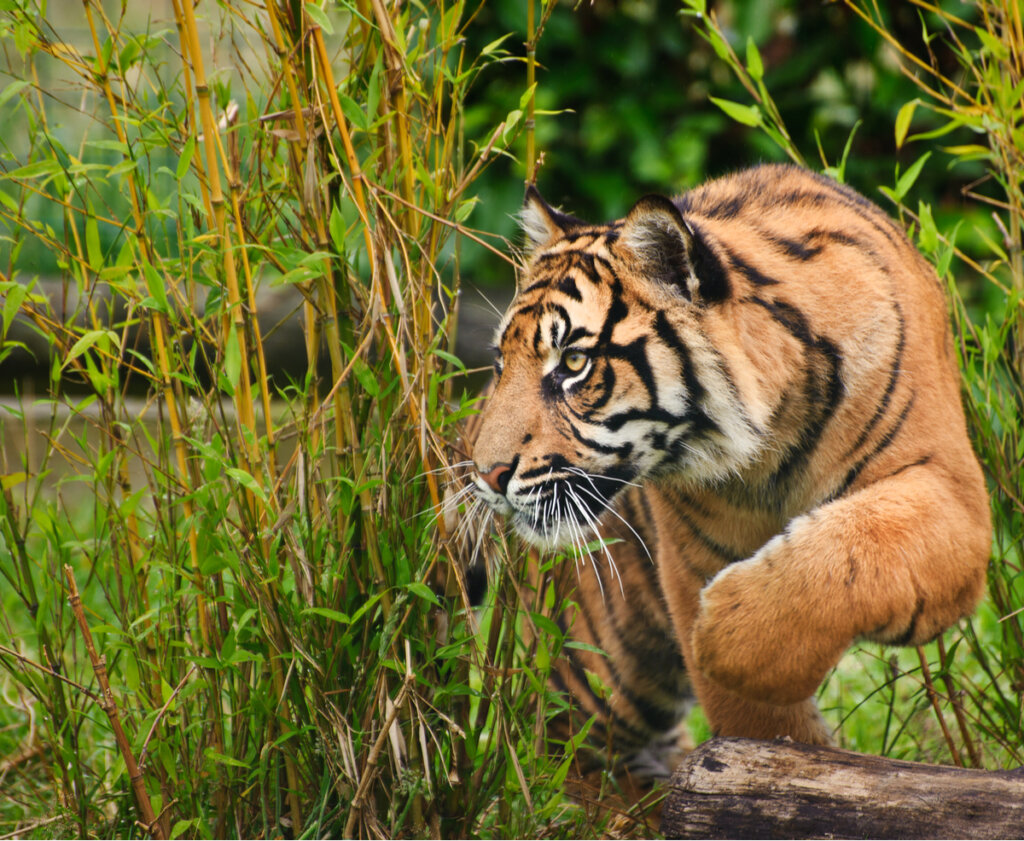
Maintaining body heat isn’t free, as it requires constant energy burn. This is the case of endothermic animals and, more specifically, of the mammals with the biggest appetites that you’re going to get to know in this article.
Either because of their metabolic speed or size, these animals eat very large amounts of food. Quite often, however, these proportions are enormous, especially if the ratio of the intake to the weight of the animal is taken into account.
The 4 mammals with the most appetite
Mammals are “warm-blooded”, which means that they maintain body temperature through internal processes – burning energy – and don’t depend on the environment for this.
The opposite of this is ectothermy: present in reptiles and other animals, ectotherms need to seek or move away from heat sources according to their needs.
What does this imply? Well, a body that has to burn energy to stay warm needs much more fuel in the form of organic matter. This is the reason why the mammals that we’ll be telling you about in this article eat so much food.
1. Blue whale ( Balaenoptera musculus Intermedia)
We’ll start with the highest figures. The blue whale, the largest animal on the planet, can consume up to 4 tons of krill a day. Does that sound like a lot? Well, actually, compared to its weight, it isn’t that much, as this cetacean weighs around 180 tons.
Also, blue whales are very picky about their food. The energy expenditure that they carry out in order to swim quickly to the krill banks has to be worth it. If they judge that one of them is too small, then they simply pass by.
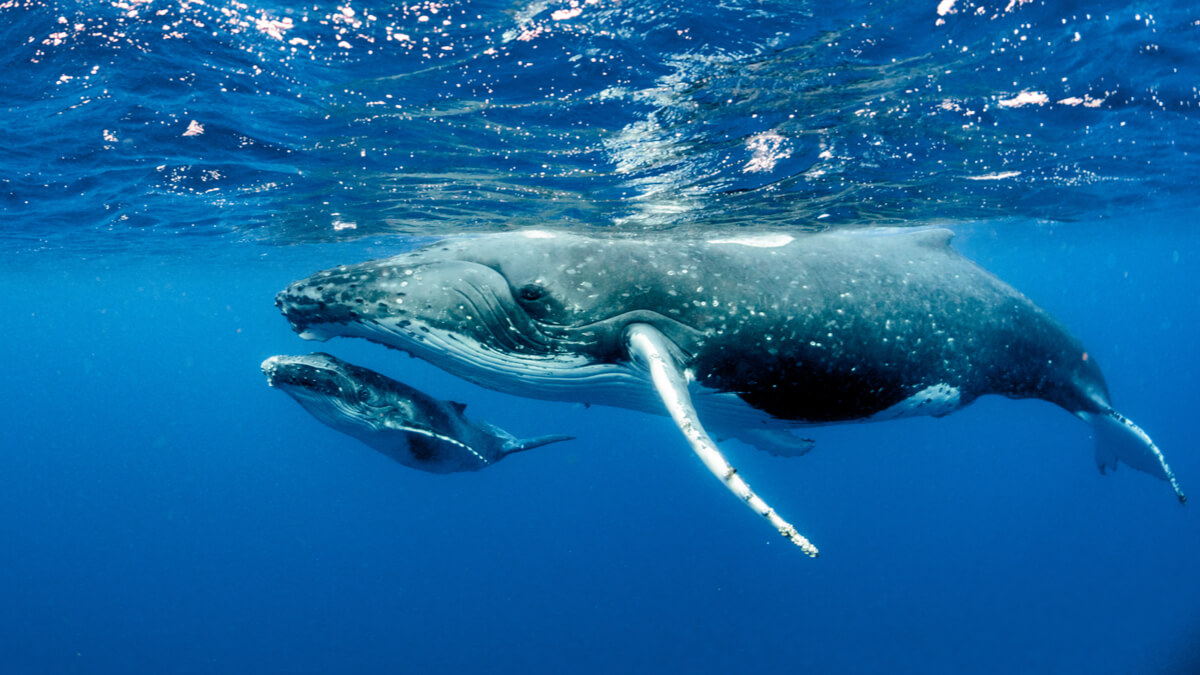
2. One of the most voracious animals: the tiger (Panthera tigris)
This big cat doesn’t eat every day, but when it does, it eats in style. Tigers can consume up to 40 kilos of meat in one sitting. Their large size, coupled with their slow speed – they’re more climbers than runners – make hunting ineffective, so they need to eat all they can.
Compared to other large cats – such as the lion – the tiger consumes much more meat. Its solitary lifestyle means that it doesn’t have to share its prey with anyone. Although other species eat less, teamwork is more successful when it comes to getting prey.
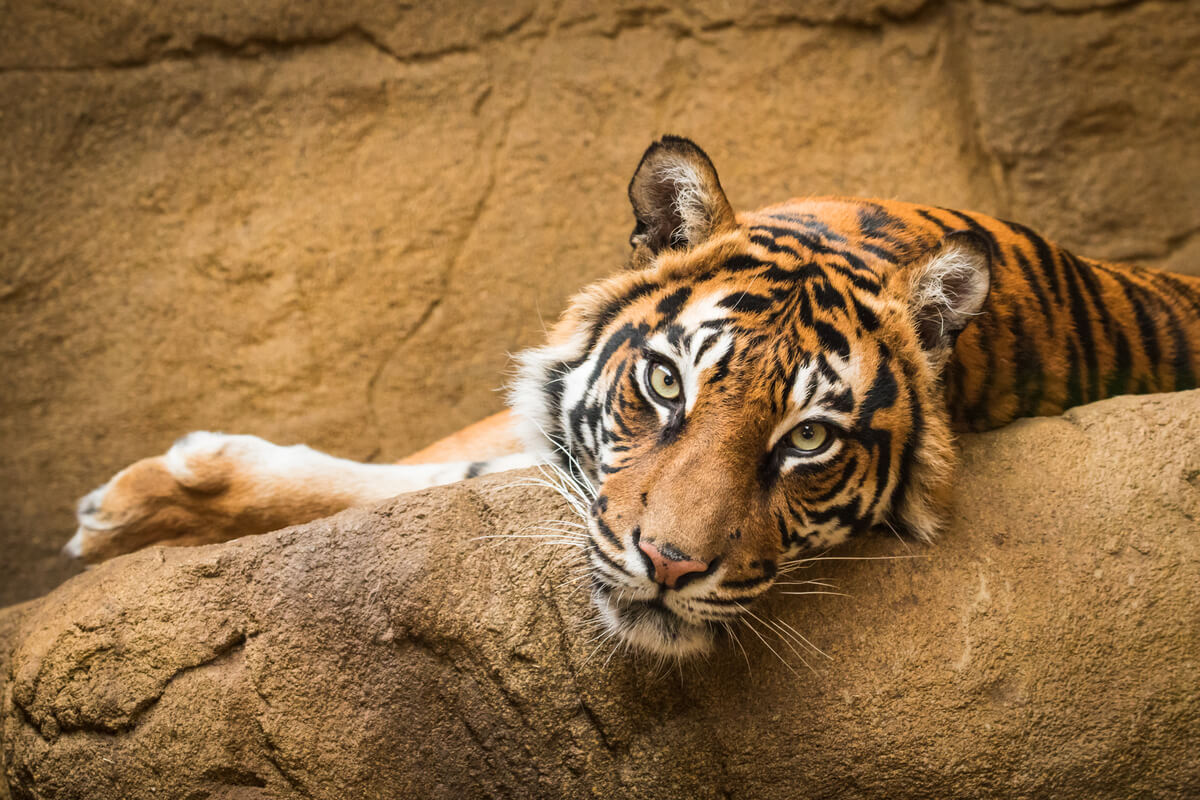
3. African elephant ( Loxodonta africana )
The largest land animal in the world is also one of the mammals with the biggest appetites: the African elephant consumes about 200 kilos of food a day. These giant pachyderms spend most of the day feeding and, in addition, much of the plant matter they eat isn’t used, but is expelled with the feces.
This may be of little benefit to the pachyderms, but it is beneficial to the soil: thanks to this, they’re great seed dispersers.
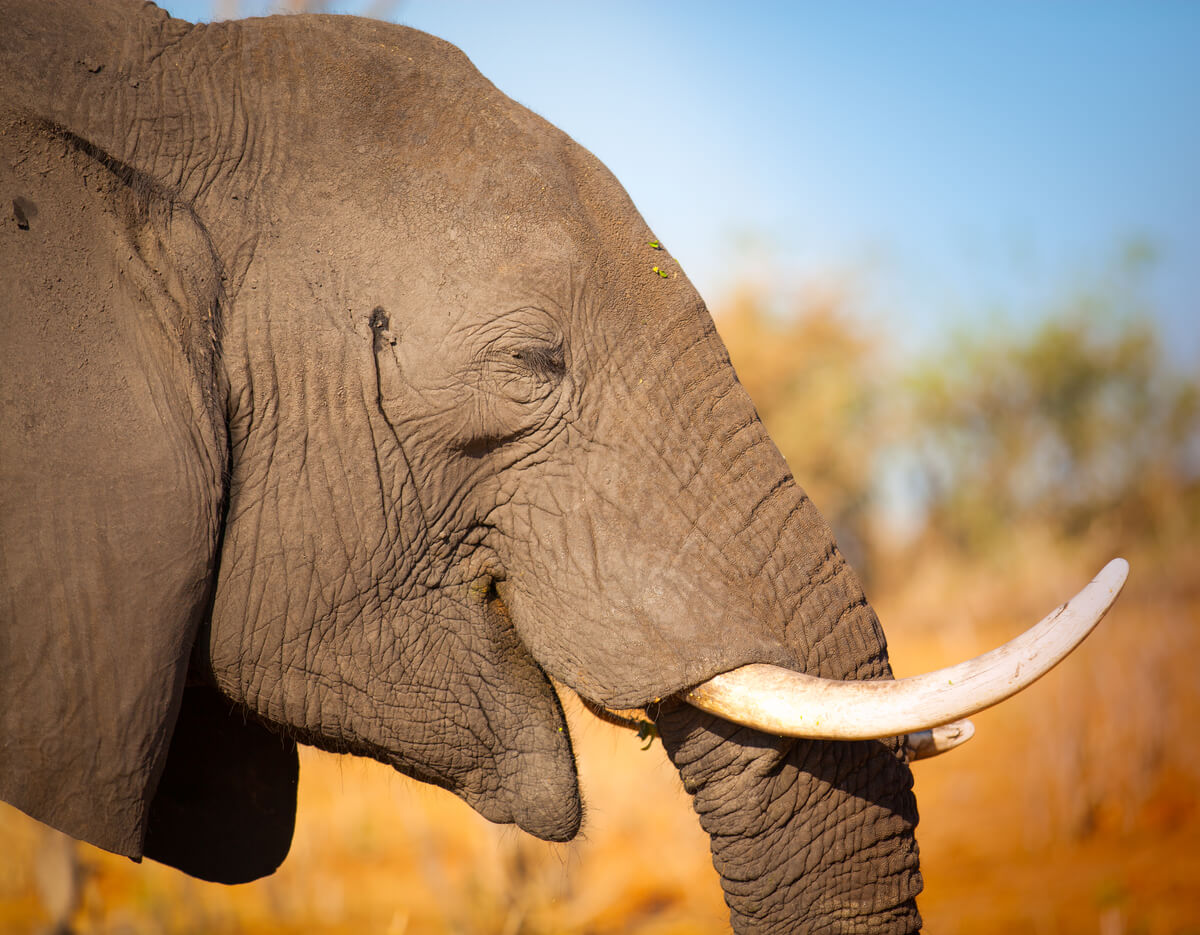
4. Dwarf shrew
The last animal on this list well and truly breaks the record: the dwarf shrew is considered to be the animal with the biggest appetite. Although it doesn’t usually weigh more than 30 grams, it spends most of the day feeding on insects. If we talk about proportions, this small mammal eats 3 times its weight a day.
Its small size implies a very fast metabolism, so it must be fed continuously to continue burning energy. Every moment this shrew doesn’t eat, it’s in danger of starvation.
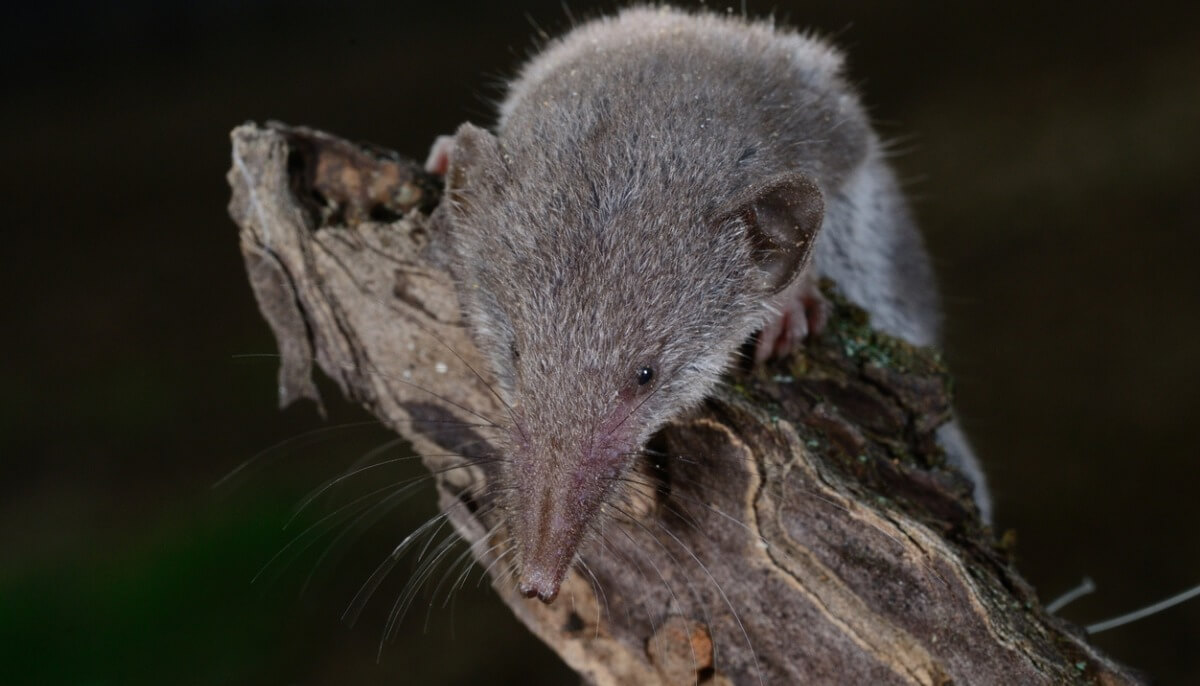
Final thoughts on mammals with the biggest appetite
As you’ve seen with this last example, how much an animal eats depends largely on the rate at which it burns energy to maintain its homeostasis. For this reason, in nature there are other extremely voracious animals for this same reason, such as hummingbirds.
Also, if you take a closer look, all species have some way of maintaining balance with their environment, regardless of how much they eat. They hunt infrequently, they feed on very abundant resources – such as krill or vegetation – or, simply, they’re very small. There’s much to learn in this regard!
All cited sources were thoroughly reviewed by our team to ensure their quality, reliability, currency, and validity. The bibliography of this article was considered reliable and of academic or scientific accuracy.
- Conoce al animal más grande del planeta. (2010). World Wildlife Fund. https://www.worldwildlife.org/descubre-wwf/historias/conoce-al-animal-mas-grande-del-planeta
- Ibérica, F. (2017, 10 enero). Musaraña enana (Sorex minutus). Fauna Ibérica. https://www.faunaiberica.org/musarana-enana